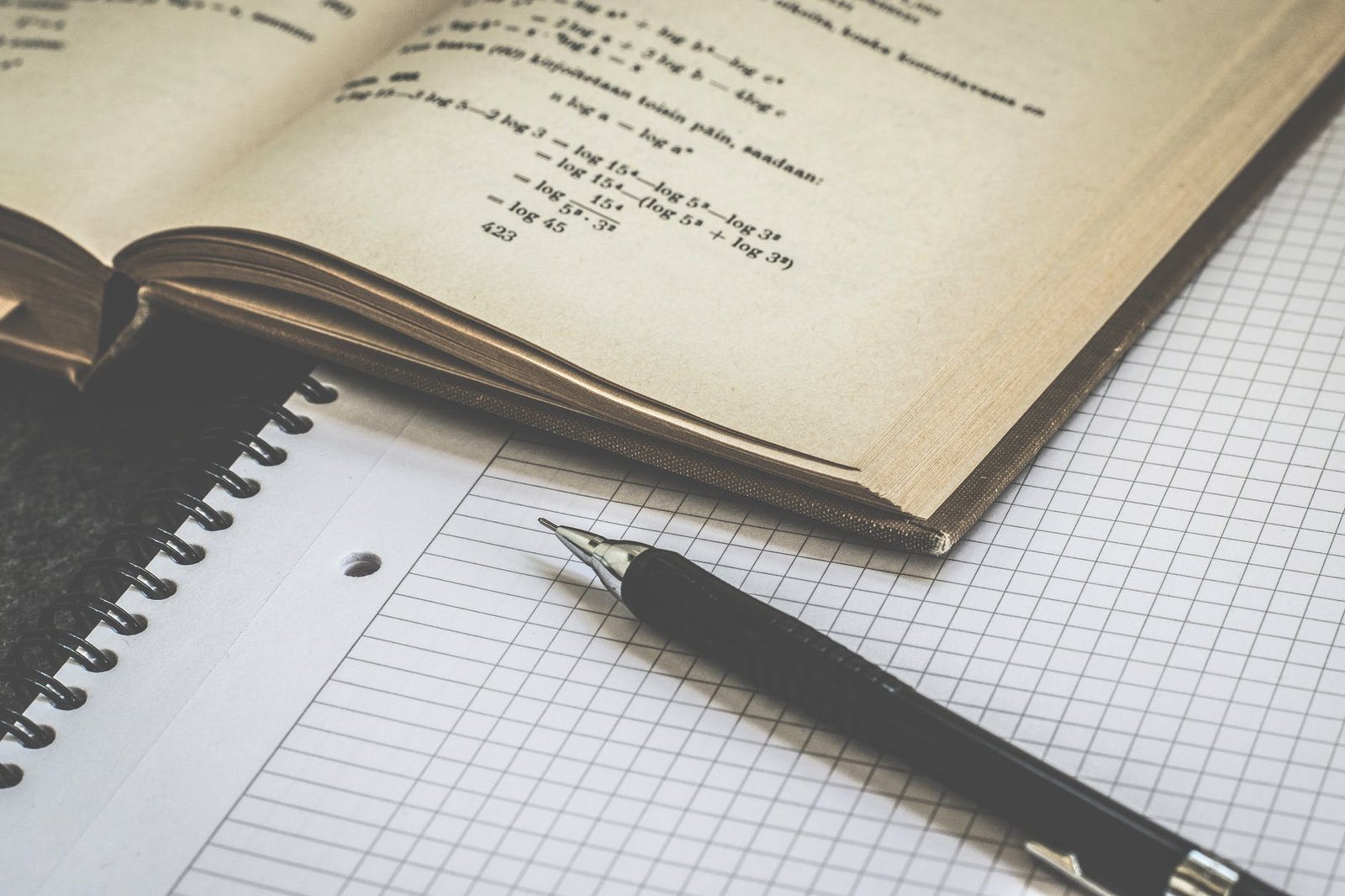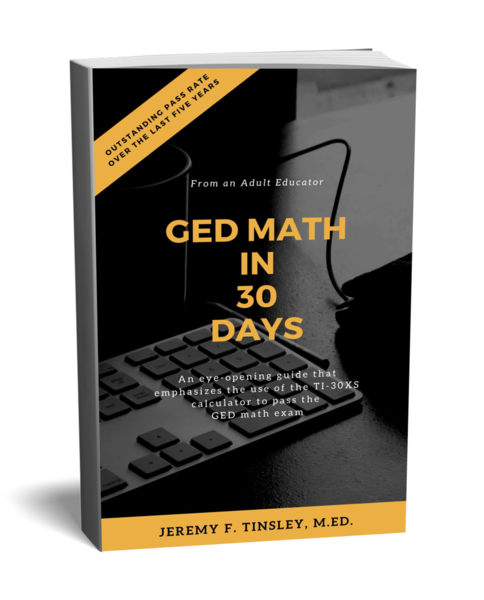GED Preparation: Studying for the Math Section
Understanding GED Test Requirements
The GED Testing Service requires all candidates to be at least 16, not enrolled in a high school or not graduated from a high school. However, your state sets its own eligibility requirements within these policy guidelines, so a part of your preparation will be to make sure you have met them.
Additionally, in order to pass the Math GED test, you must achieve a passing score of at least 145 on the Mathematics exam.
The best way to ensure your success is to truly prepare for the exam, calling upon appropriate study techniques for each. Math is no exception.
Studying for the Math Section
It can be difficult to prepare for the math portion of the GED. You must, after all, answer a number of different types of problems. Because this requires a bit of memorization, it is generally best to invest in some sort of time using the TI-30XS calculator. Along with the calculator, GED Math in 30 Days will demonstrate proven techniques to solve even the most difficult problem in less than one minute! Yes, you read the correctly, IN LESS THAN ONE MINUTE! Please allow for 1-2 hours of study each day. Use our free math resources to prepare for your exam. These resources will typically provide you with a broad sample of the types of problems you can expect to encounter and how to solve them. While it is true that each problem must be solved differently, one can approach learning how to do so using a standardized method called the 5 Rs:
Recopy – Recopy examples done in class or in your study text.
Rework – Rework model problems until they become easy for you.
Recite – Recite each step of the process out loud to be certain you understand the process.
Recheck – Recheck your work. Sometimes simple errors go unnoticed the first time around.
Reason – Ensure that your logic reflects sound reason. Ask yourself whether or not the answer you came to truly makes sense.
Then RELAX

Use this approach with every practice problem you come across in your study materials to ensure that you not only understand how to approach it but can also verify your work. Once you have applied this technique to each type of problem several times, solving them may become second nature.











